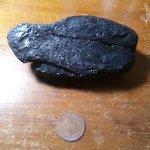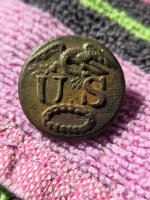pulltabfelix
Bronze Member
- Jan 29, 2018
- 1,011
- 1,631
- Detector(s) used
- Currently have CTX3030 and Vanquish 440.
- Primary Interest:
- Relic Hunting
On another forum a Equinox user posted this:
He stated: "I found that a lower sensitivity (13-18) was best when paired with a recovery speed of around 3-4 and an F2 setting of between 5-7. Those were the “sweet spots” for me that day at that beach."
Are there any general relationships between sensitivity, recovery speed and F2 settings like at lower sensitivity you should use a lower recovery speed and some special F2 settings?
or is it one of those questions we just have to figure out for ourselves for the areas we hunt?
He stated: "I found that a lower sensitivity (13-18) was best when paired with a recovery speed of around 3-4 and an F2 setting of between 5-7. Those were the “sweet spots” for me that day at that beach."
Are there any general relationships between sensitivity, recovery speed and F2 settings like at lower sensitivity you should use a lower recovery speed and some special F2 settings?
or is it one of those questions we just have to figure out for ourselves for the areas we hunt?





